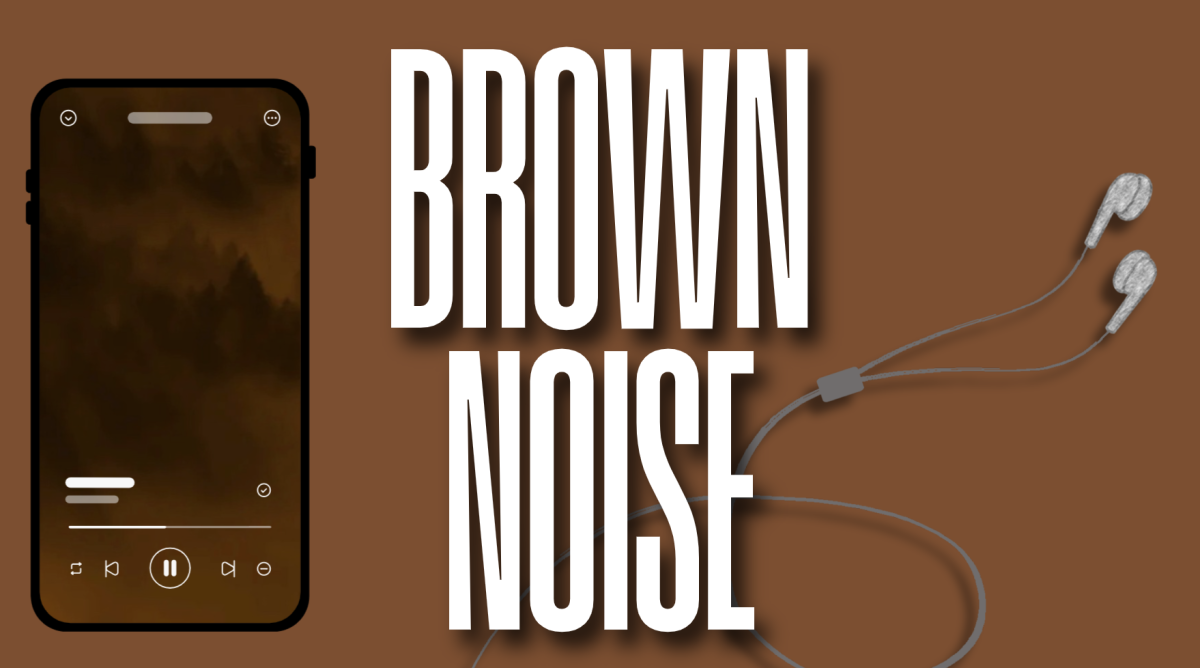
While many people may be familiar with the Alvin Ailey Dance Company, they may know less about its founder, Alvin Ailey. “Edges of Ailey,” an exhibit on view at the Whitney Museum of American Art until Feb. 9, is centered around Ailey, revealing details about his personal life and his career in dance. The exhibit is made up of works by over 80 artists, including sculptures, paintings, photographs and other installations. It also includes primary source documents from Ailey’s life, including his journals, letters, choreographic notes, drawings and programs from his performances. “Edges of Ailey” is located on the museum’s fifth floor, which spans 18,000 square feet. Visitors can also view performances on the third floor that feature the Alvin Ailey American Dance Theater and Ailey II, the two dance companies founded by Ailey.
Upon entering the exhibition, viewers will see several places to begin their experience. There are multiple islands containing various pieces across different mediums and a series of paintings and images line the walls that make up the perimeter of the room. The walls are painted a deep shade of red, and there are two sections on either side of the room with interactive components and posters advertising the company’s past performances. On the back wall of the gallery, there is a series of video projections featuring videos of Ailey’s life and his dances, telling his story in an almost documentary-style way.
Two pieces that are immediately bound to catch your eye are Barkley L. Hendricks’ “Dancer” (1977) and Lynette Yiadom-Boakye’s “Fly Trap” (2024). Both paintings honor Ailey’s career in dance, contain strong levels of detail and use striking colors to capture one’s attention. Other artworks featured in the museum also pay tribute to dance, such as artist Senga Nengudi’s “R.S.V.P.” (1975). The piece is a sculpture made out of nylon mesh and sand, and is meant to convey the elasticity of skin and its relationship to the Black feminine body. Yiadom-Boakye’s “A Knave Made Manifest” (2024) depicts four Black men, all of them dancers, one of whom is dancing and another whose ankle is being adjusted so that it is turned outright. Visitors who have any experience with dance or ballet are sure to recognize some of these subtle yet remarkable details.
In addition to dance, “Edges of Ailey” contains many biographical details about Ailey. Born in 1931 in Rogers, Texas, Ailey grew up with his mother and worked in cotton fields, circumstances which were shaped by enslavement, sharecropping and Jim Crow laws. Ailey’s experiences with the racism and poverty that formed a part of his upbringing would later inspire his work as a dancer and choreographer. Religion and spirituality were also major influences for Ailey, who grew up attending southern Black churches. Additionally, the exhibit touches on how moving to Los Angeles at a young age as part of the larger Great Migration of African Americans from the South to the northern and western parts of the United States was a key event that would inspire Ailey’s future career in dance. There is a series of paintings and images that line the walls of the exhibit, and pay tribute to the role that Ailey’s upbringing and spirituality played in his art.
It was in Los Angeles that Ailey became fascinated with dance, having the opportunity to see performances by the Ballet Russe de Monte Carlo and the Katherine Dunham Dance Company. His friend and fellow dancer Carmen de Lavallade introduced him to Lester Horton, the founder of one of the first racially integrated dance companies who would become Ailey’s lifelong mentor. It was in 1958 that Ailey founded the Alvin Ailey American Dance Theater, followed by what is now known as the Ailey School in 1969 and the Alvin Ailey Repertory Ensemble, now Ailey II, in 1974. His last educational endeavor was AileyCamp, a summer camp for children interested in dance or the arts, in 1989, the year of his death.
What is striking about Ailey and his work is its emphasis on liberation. He used his art to promote Black excellence, demonstrating how African Americans have worked to overcome the oppression they have faced in the United States. His work was inspired by the challenges he faced as a gay Black man who lived during events such as the AIDS crisis and the lynching of African Americans in the South. These issues challenged the very ideals of liberation that Ailey promoted through his art, yet in the face of them, he continued to champion his beliefs. He explored themes such as queerness and the Black experience in his choreography and supported other Black choreographers as well as historically Black colleges and universities.
Ultimately, “Edges of Ailey” paints a powerful picture of the life and career of Alvin Ailey, revealing remarkable insights through work commissioned by other artists and Ailey’s own archives. These tributes honor the multiple facets of his biography and accomplishments, and they help the audience understand the extent of his influence. Visitors are sure to come away with a unique perspective on Ailey that they might not have otherwise been given, making this exhibit well worth the visit.










































































































































































































Melinda anderson • Nov 4, 2024 at 8:34 pm
Excellent article about a remarkable man.